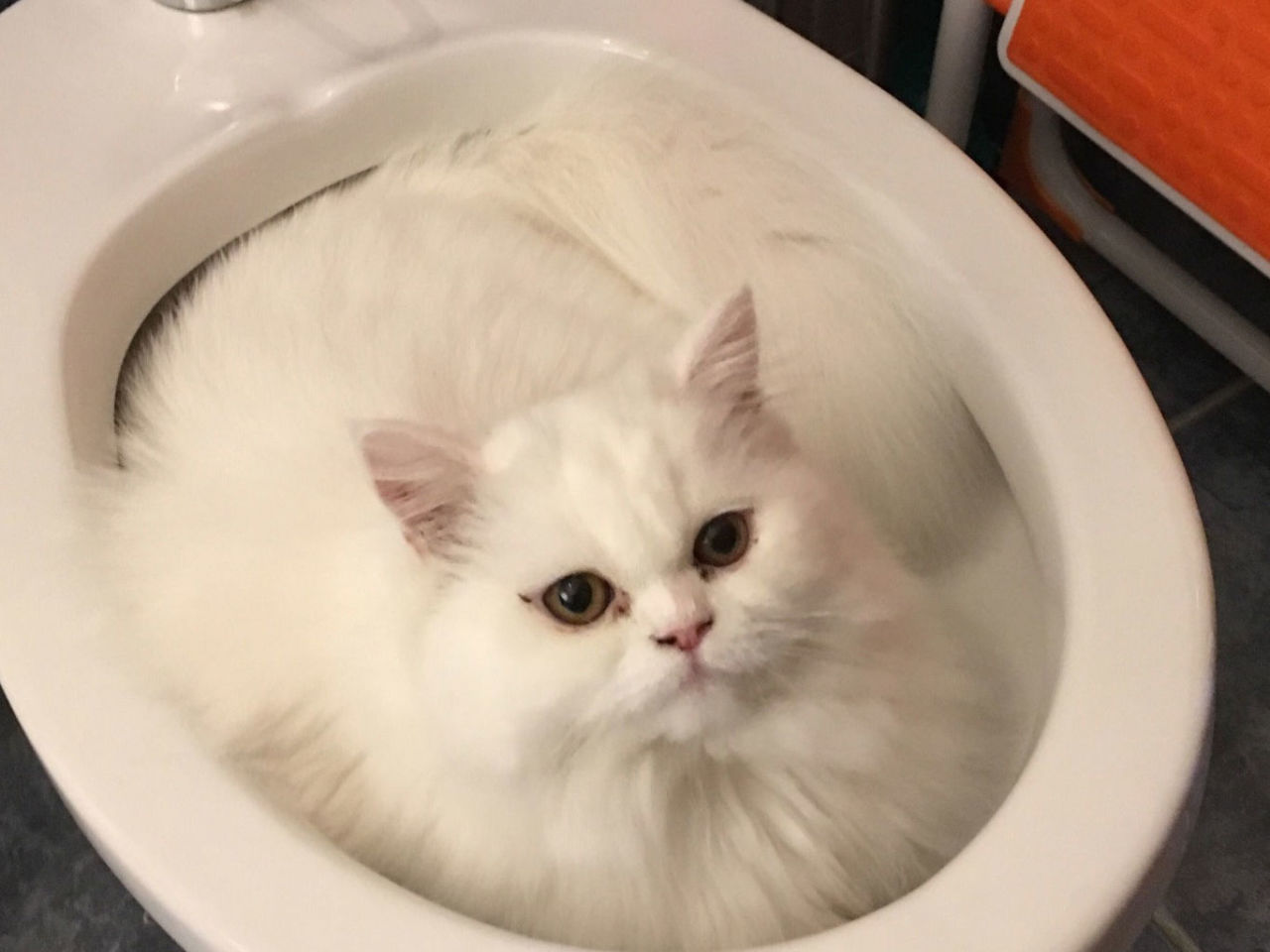Why You Should Never Flush Cat Poop Down Your Toilet - Important Information
Why You Should Never Flush Cat Poop Down Your Toilet - Important Information
Blog Article
The article down below on the subject of Don’t flush cat feces down the toilet is particularly stimulating. Give it a try and make your own ideas.

Introduction
As cat proprietors, it's important to be mindful of just how we get rid of our feline buddies' waste. While it might seem hassle-free to purge cat poop down the toilet, this practice can have harmful consequences for both the setting and human health and wellness.
Ecological Impact
Flushing pet cat poop introduces dangerous pathogens and bloodsuckers right into the water system, posturing a considerable threat to aquatic environments. These impurities can adversely impact aquatic life and concession water high quality.
Wellness Risks
In addition to ecological concerns, purging cat waste can additionally position health and wellness dangers to human beings. Cat feces might contain Toxoplasma gondii, a parasite that can create toxoplasmosis-- a potentially severe disease, especially for pregnant women and individuals with damaged immune systems.
Alternatives to Flushing
The good news is, there are safer and a lot more liable ways to take care of cat poop. Think about the adhering to choices:
1. Scoop and Dispose in Trash
One of the most usual approach of dealing with feline poop is to scoop it right into a naturally degradable bag and toss it in the garbage. Make certain to make use of a dedicated litter inside story and take care of the waste without delay.
2. Usage Biodegradable Litter
Opt for biodegradable cat litter made from products such as corn or wheat. These clutters are eco-friendly and can be securely taken care of in the garbage.
3. Bury in the Yard
If you have a yard, consider burying pet cat waste in a marked location far from vegetable gardens and water sources. Be sure to dig deep adequate to stop contamination of groundwater.
4. Install a Pet Waste Disposal System
Invest in a pet garbage disposal system especially created for feline waste. These systems utilize enzymes to break down the waste, decreasing odor and ecological effect.
Final thought
Liable pet dog possession prolongs beyond giving food and sanctuary-- it likewise involves correct waste monitoring. By refraining from flushing pet cat poop down the commode and going with different disposal techniques, we can lessen our environmental footprint and protect human wellness.
Why Can’t I Flush Cat Poop?
It Spreads a Parasite
Cats are frequently infected with a parasite called toxoplasma gondii. The parasite causes an infection called toxoplasmosis. It is usually harmless to cats. The parasite only uses cat poop as a host for its eggs. Otherwise, the cat’s immune system usually keeps the infection at low enough levels to maintain its own health. But it does not stop the develop of eggs. These eggs are tiny and surprisingly tough. They may survive for a year before they begin to grow. But that’s the problem.
Our wastewater system is not designed to deal with toxoplasmosis eggs. Instead, most eggs will flush from your toilet into sewers and wastewater management plants. After the sewage is treated for many other harmful things in it, it is typically released into local rivers, lakes, or oceans. Here, the toxoplasmosis eggs can find new hosts, including starfish, crabs, otters, and many other wildlife. For many, this is a significant risk to their health. Toxoplasmosis can also end up infecting water sources that are important for agriculture, which means our deer, pigs, and sheep can get infected too.
Is There Risk to Humans?
There can be a risk to human life from flushing cat poop down the toilet. If you do so, the parasites from your cat’s poop can end up in shellfish, game animals, or livestock. If this meat is then served raw or undercooked, the people who eat it can get sick.
In fact, according to the CDC, 40 million people in the United States are infected with toxoplasma gondii. They get it from exposure to infected seafood, or from some kind of cat poop contamination, like drinking from a stream that is contaminated or touching anything that has come into contact with cat poop. That includes just cleaning a cat litter box.
Most people who get infected with these parasites will not develop any symptoms. However, for pregnant women or for those with compromised immune systems, the parasite can cause severe health problems.
How to Handle Cat Poop
The best way to handle cat poop is actually to clean the box more often. The eggs that the parasite sheds will not become active until one to five days after the cat poops. That means that if you clean daily, you’re much less likely to come into direct contact with infectious eggs.
That said, always dispose of cat poop in the garbage and not down the toilet. Wash your hands before and after you clean the litter box, and bring the bag of poop right outside to your garbage bins.
https://trenchlesssolutionsusa.com/why-cant-i-flush-cat-poop/

We were shown that article on How to Dispose of Cat Poop and Litter Without Plastic Bags from an associate on our other web blog. Those who liked our blog post please do not forget to pass it around. Many thanks for your time invested reading it.
Request A Quote Report this page